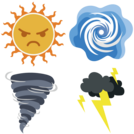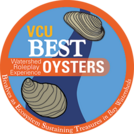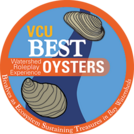
Unrestricted Use
Public Domain
Disease Prevention/Health Promotion is a lesson designed by a Health and Physical Education Teacher to support Health instruction. Created By: Willie Miles Powhatan County Public Schools
- Subject:
- Health Education
- Health/Physical Education
- Material Type:
- Lesson
- Author:
- Gillian Lambert
- Date Added:
- 03/19/2021


